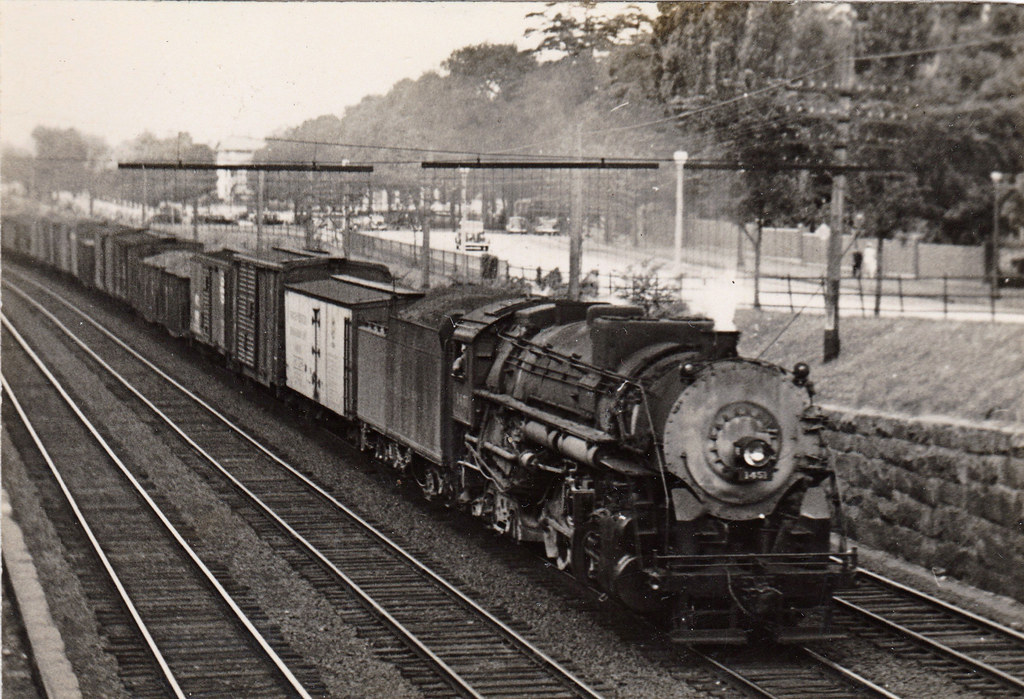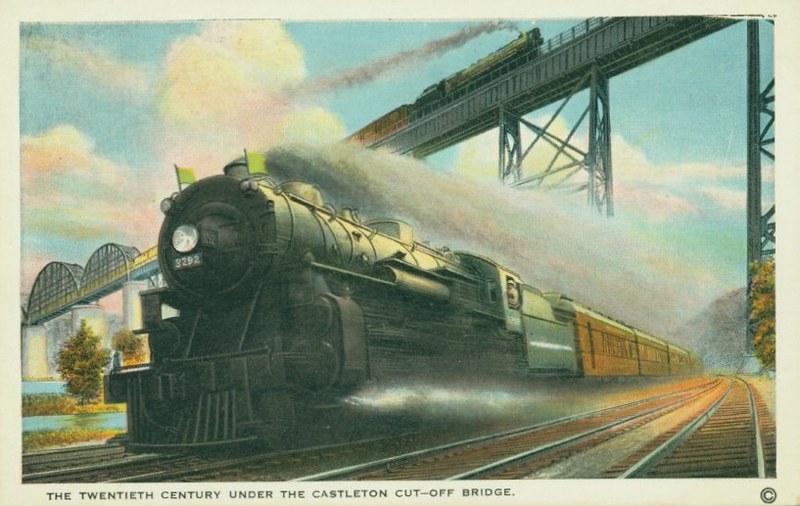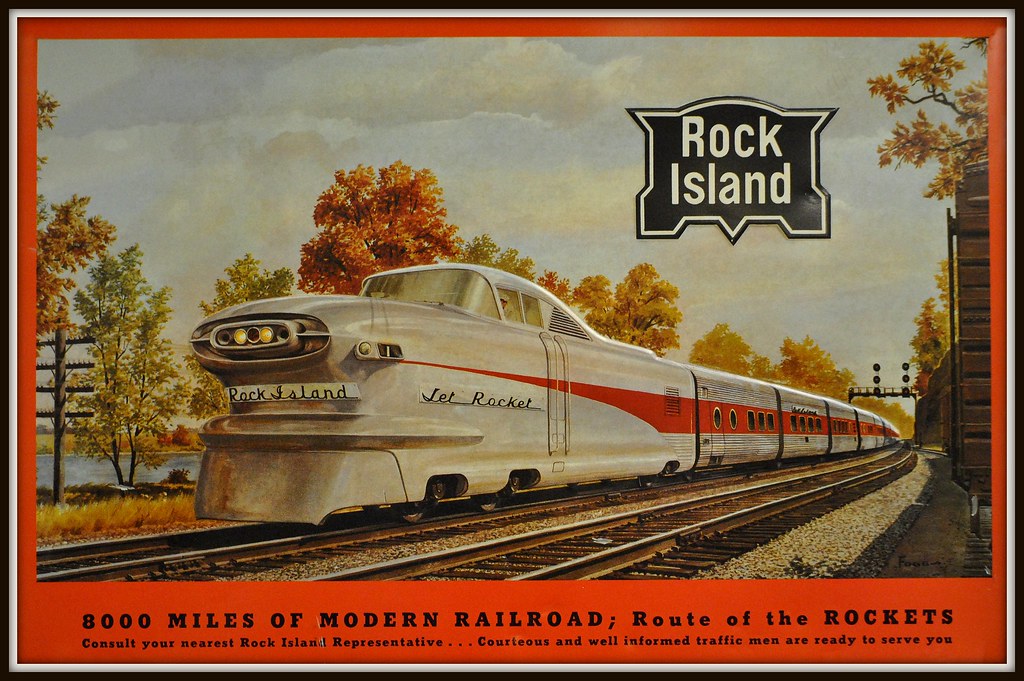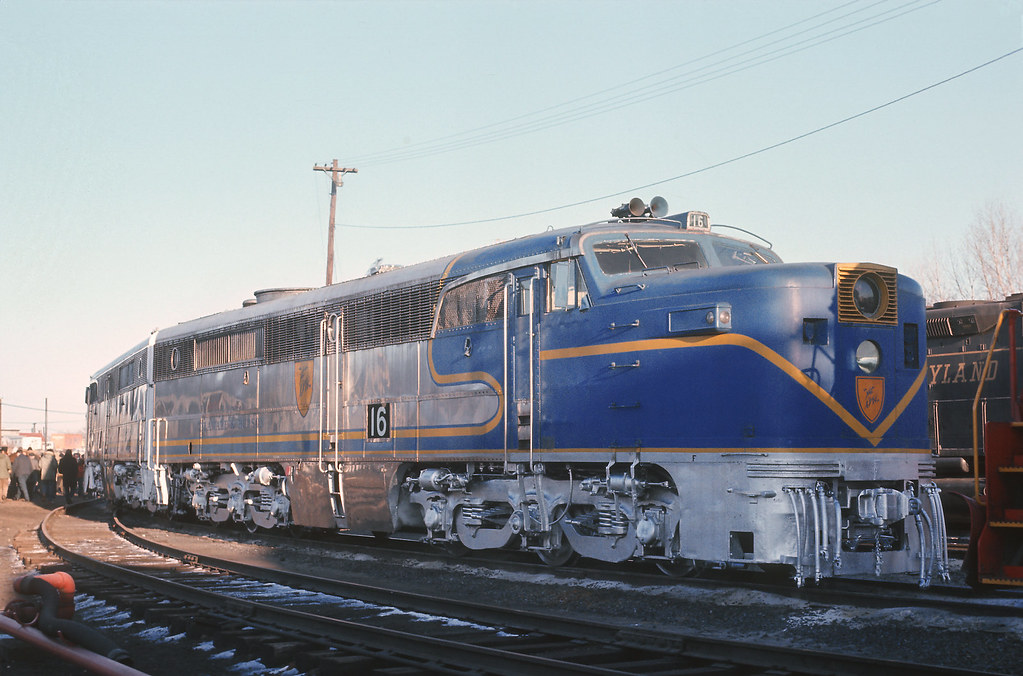Table of Contents
Quick Facts
| Year Founded | 1867 |
| Year of Demise | 1969, when NYC merged with the PRR to form the Penn Central |
| Total Track Mileage | 393 (1910) |
| Number of States was Located In | Two |
| Headquarters | New York |
History
The Boston and Albany Railroad has a very long and influential history that stretches from the late 1840s to today. This railway was one of the most important lines in the northeastern United States, and it was a principal component of the transportation infrastructure of many states along the east coast. It was integral in the development of major cities such as Boston, Albany, and Worcester and contributed to the industrial expansion of the region.
The line was originally chartered as two separate railroads in the late 1840s. The Boston and Worcester Railroad was founded in 1835 to connect Boston and Worcester, and the Western Railroad was chartered in 1838 to run from Worcester to Albany. In 1867, the two lines merged to form the Boston and Albany Railroad, which then became the dominant railway link between New England and the upstate New York region, as well as the principal carrier of coal to northern industrial cities. This railroad was one of the main components of the New England transportation network, with connections to several important railway lines in the region.
Throughout the 19th century, the railroad served a variety of purposes. It carried both freight and passengers to destinations throughout the northeast, and it was the primary freight carrier for the industrial region that grew up around the Hudson River. Its infrastructure was improved and extensions were built, allowing for more efficient service. In addition, the B&A was the primary rail link for the wave of immigrants that settled in eastern Massachusetts and southern New York in the 19th century.
The B&A was also an important component of the development of New England’s textile industry. In 1872, the Worchester Manufacturing Company (later the B&A Woolen Mill) was established in Worcester, Massachusetts, with the B&A providing the connection to the surrounding transportation network. This establishment led to the formation of the well-known woolen manufacturing industry in the region, with the B&A transporting raw materials and finished products to mills in Pennsylvania, Connecticut, and New York.
In 1900 the B&A was leased for 99 years to the New York Central and Hudson River Railroad, the predecessor to the New York Central System. The lease transferred to the New York Central in 1914.
The railroad maintained it’s branding throughout NYC control.
Today, the B&A line is still an important link in the transportation network of New England, connecting cities and towns throughout the Northeast. It has been instrumental in the economic development of the region, and its history remains an essential part of the locomotive heritage of the United States.
Surviving Steam Locomotive
There is only one known surviving steam locomotive of the B&A. It’s engine 39, built in 1879 by the B&A. It’s a 4-4-0 locomotive and located at the National Museum Of Transportation in St. Louis County Missouri.


Riding the Line
Amtrak runs service over the line on a regular basis.

| Amtrak Train Name | Lake Shore Limited |
| End Point Stations | Boston, Albany |
| Closest Airport to Rensselaer NY (Albany) Amtrak station | Albany Int. Airport https://www.albanyairport.com/ |
| Closest Airport to Boston South Side Station | Boston Logan Airport https://www.massport.com/logan-airport/ |
| Number of hours of travel | 5 hours |
| Time train leaves Boston | 12:50 PM Eastern Time |
| Time train leaves Albany | 3:27 PM Eastern time |
| Cost of a coach seat | $31.00 |
| Other services and upgrades available | Roomette Bedroom |

In addition MBTA operates commuter trains between Boston South Station and Worcester. The trip is about an hour and a half.
Cost of a ticket is about $13.25
















